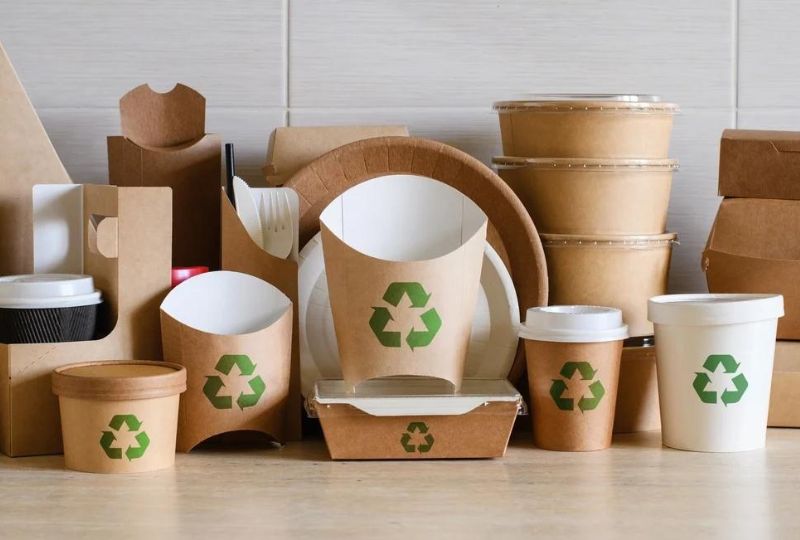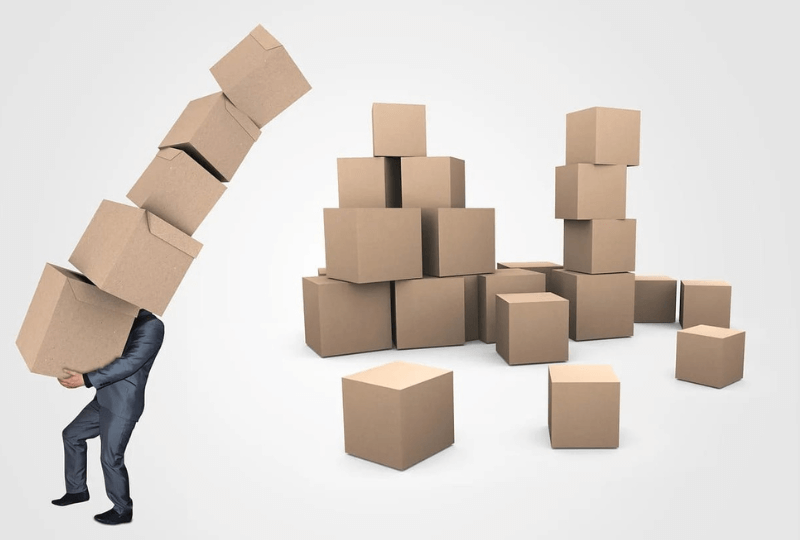In a world where environmental issues are very important, it is very important to know how packaging affects our planet. This article talks about the benefits of eco-friendly packaging around the world, focusing on how better it is for the environment than traditional ways. By looking at some of the most important parts of eco-friendly packaging, we hope to show how it can help companies and consumers alike, leading to an environmentally friendly future.
Table of Contents
ToggleThe Environmental Toll of Traditional Packaging:
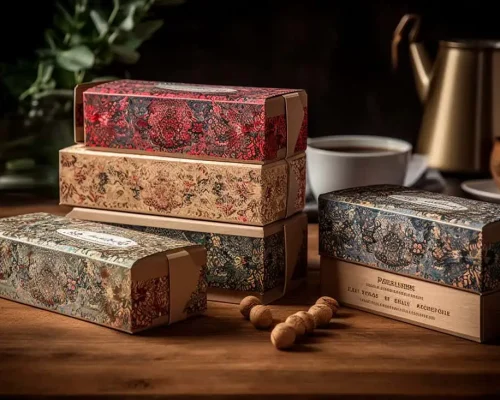
Traditional packaging, often associated with single-use plastics and non-biodegradable materials, significantly contributes to environmental degradation. This section delves into the adverse effects of conventional packaging on the environment, laying the groundwork for understanding the need for a shift towards eco-friendly alternatives.
Eco-Friendly Packaging: A Green Revolution:
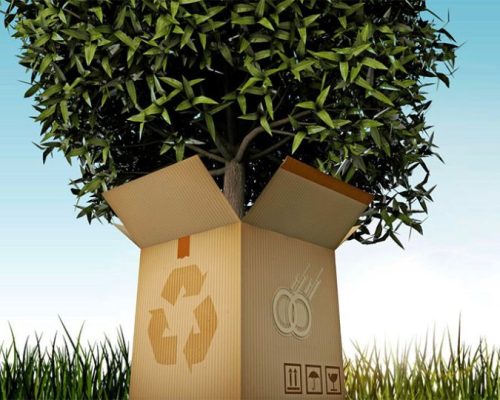
1. Sustainable Materials:
Eco-friendly packaging champions biodegradable, recyclable, and compostable materials like cardboard, paper, and plant-based plastics. This section explores how these materials reduce environmental impact and lower carbon footprints, making it a globally relevant solution to packaging challenges.
2. Minimalist Design:
Embracing a minimalist design approach, eco-friendly packaging eliminates unnecessary layers and components, reducing waste and resource consumption. This section emphasizes the efficiency of minimalist design, illustrating how it aligns with global conservation efforts. If you want to know more about Designing you can read this article The Goal of Custom Retail Box Design.
Economic Viability for Businesses:
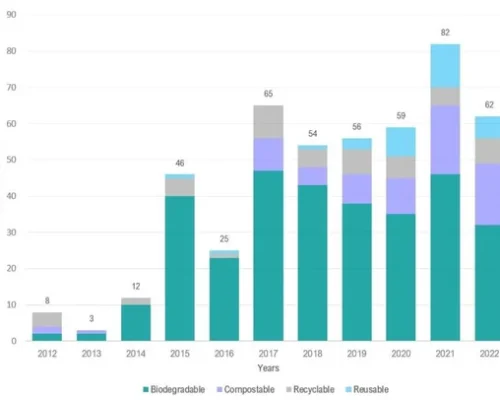
Contrary to misconceptions, businesses are discovering that eco-friendly packaging is economically viable in the long run. This section examines how investing in sustainable practices aligns with corporate social responsibility, resulting in cost savings and enhanced brand reputation on a global stage.
Read More: Employee Appreciation Gift Boxes Ideas
Energy Efficiency in Production:
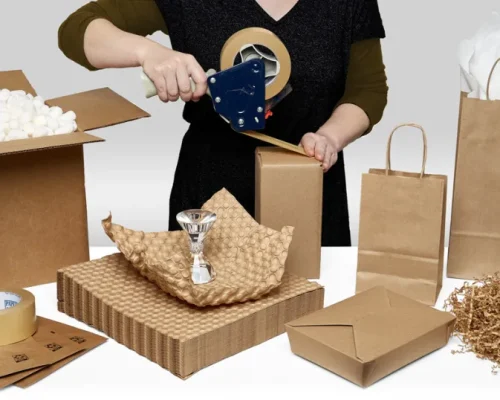
Eco-friendly packaging is manufactured with a focus on energy efficiency, requiring fewer resources and energy inputs compared to traditional methods. This section underscores the importance of energy-efficient practices in packaging production, contributing to sustainability on a worldwide scale.
Consumer Awareness and Demand:
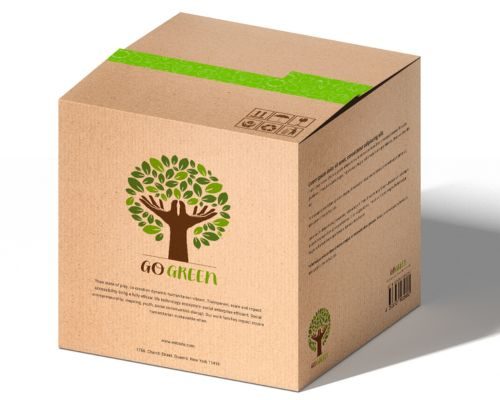
Increasing global awareness of environmental issues is driving consumer preferences towards products with eco-friendly packaging. This section explores how consumers worldwide are influencing businesses to adopt sustainable practices, creating a positive feedback loop that encourages widespread eco-friendly packaging adoption. You may also like to read Pink Shipping Boxes Ideas and Inspiration.
Conclusion:
In conclusion, the global transition to eco-friendly packaging is a pivotal step in mitigating the environmental impact of packaging materials. By embracing sustainable materials, promoting energy-efficient production, responding to global consumer demands, and recognizing the economic benefits for businesses, we pave the way for a greener and more sustainable future. The message is clear: Packaging can indeed be better for the environment when approached with a commitment to eco-friendly practices on a worldwide scale.
Read Our Latest Guide:
FAQs:
A: Eco-friendly packaging, using materials like cardboard, paper, and plant-based plastics, is best.
A: Packaging significantly impacts the environment; eco-friendly options are crucial to combat pollution and landfill issues.
A: Yes, it’s better due to reduced environmental impact and sustainable practices.
A: Use sustainable materials, adopt minimalist design, and focus on energy-efficient production.
A: Packaging with single-use plastics and non-biodegradable materials is harmful.
A: Extensive use of non-biodegradable materials causing persistent pollution.
A: Biodegradable options like cardboard and plant-based plastics are eco-friendly, reducing impact and aligning with conservation efforts.

Meet Mary K, the talented author behind PackPaa. With a passion for innovative packaging solutions, Mary shares insights and expertise to elevate your business.














